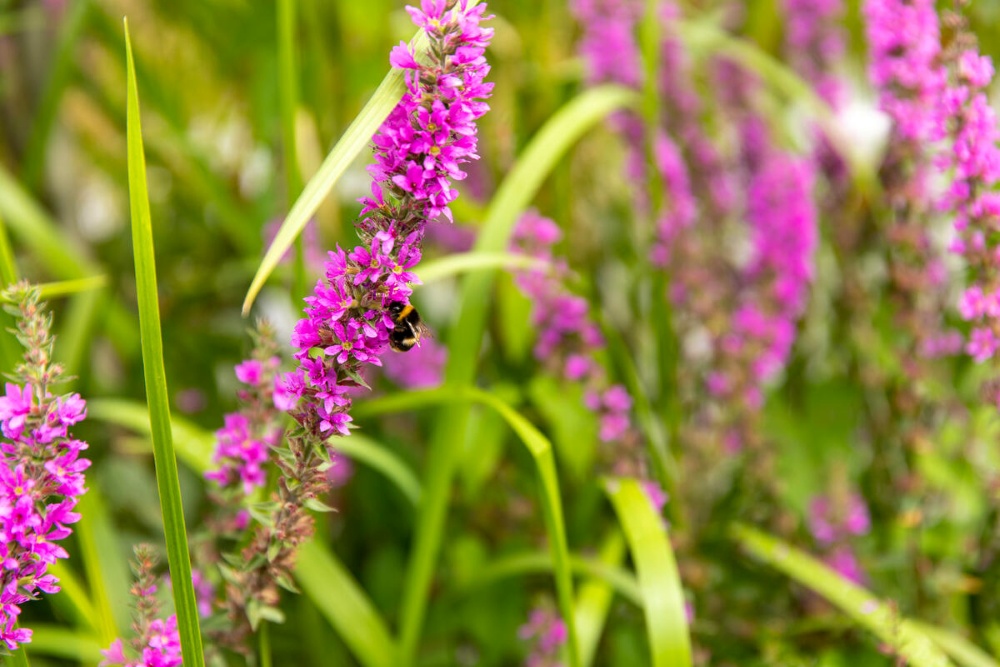The River Ingol is a tiny but special part of the Norfolk landscape. For a river that flows just 10 km (about 6 miles) from its source to mouth, it often hides in plain sight, looking like little more than a clear trickle over gravel as it weaves between pastures and hedged lanes.
Its water comes from springs - groundwater bubbling up along the narrow valley floor -creating natural, water-fed wetlands known as flushes. While the surrounding area is mostly used for farming, with fields for grazing right next to the water, the Ingol’s presence is often simply marked by an occasional tree-shaded pool.
Though small, the Ingol has a long history with the people of Norfolk.

The river begins in the meadows west of Shernborne and flows right through the moated site of Shernborne Hall. This site is a scheduled monument, where you can still see the earthworks and medieval fishponds.
Further down, human influence becomes more obvious. The river’s natural curves (meanders) have been straightened for centuries, though you can still spot the boggy semicircles of its original path.
At Snettisham, the Ingol was diverted to power Snettisham Mill - built in 1800 by the local community for £800 (equal to over £10,000 today) when bread prices were soaring and people were hungry. The mill had an amazing design; it used a single undershot waterwheel to drive three sets of millstones – two overdrift (turned from above) and one underdrift (driven from below). This ingenious setup meant that even when the Ingol's flow ran low – which is not uncommon with chalk streams - the miller set the smaller stones to work. This innovative design is almost unique in Norfolk and gives a clue that flow on the Ingol has always been subject to variation.
Though the industry is long gone, the original river channel remains visible. When the fields south and east of Snettisham are very wet, the old course reemerges faintly, like a ghost on the land.
For many years, the sewage treatment works at Ingoldisthorpe, which supply a large portion of the river’s flow, led to deteriorating water quality in the Ingol. The discharge from the treatment works, which serves nearly 7,000 properties, required additional treatment to meet nutrient standards set by the Environment Agency (EA).
After exploring various options, Anglian Water funded the creation of a natural treatment wetland, instead of a traditional chemical upgrade. The wetland was developed by Norfolk Rivers Trust in 2018 and acts as a giant, living water purifier.
This innovative solution hasn't just helped the river; it has created a healthy habitat for the whole valley, with amphibians, birds, bats and pollinators all benefiting from the new wetland.


Despite the success of the wetland, our work isn't done. The river still struggles with an excess of sediment. Also, centuries of managing the river for the mill have changed its natural shape, making the channel too deep. This makes it almost impossible for the river to reconnect with its natural floodplain, which is vital for a healthy ecosystem.
There is still much to do to fully restore the River Ingol so that it can once again sustain the fish populations we expect in a healthy chalk stream and allow fish to move freely along its entire length.

